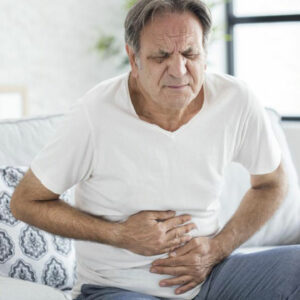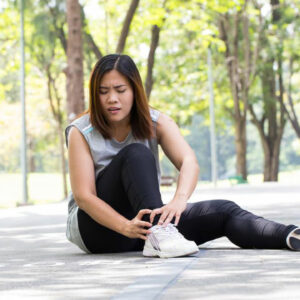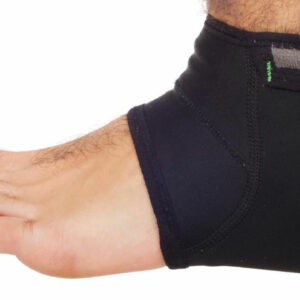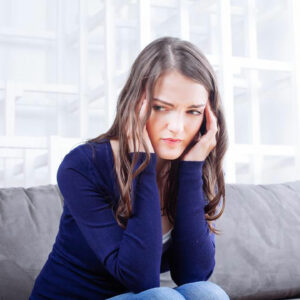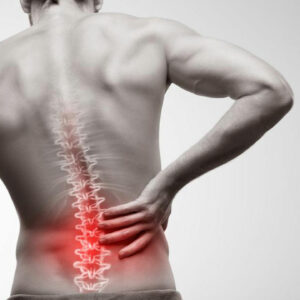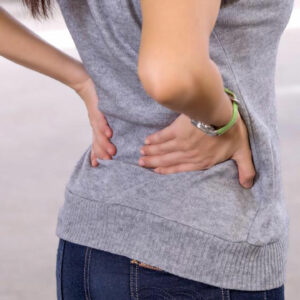
01
A Brief Overview of Ankylosing Spondylitis
The sedentary human lifestyle has brought with it a baggage of newfound health issues resulting in weakening of the human body structure. Ensure to keep a constant track of changes in your body and maintain a regular body check-up schedule. Arthritis is a common health issue faced by youngsters today. What was earlier limited to people nearing their old age has now started showing up within the age group of 20 to 25. If you witness sudden pain and stiffness in your backbone, these are a few Ankylosing spondylitis symptoms. To precisely define it, ankylosing spondylitis is a form of arthritis that affects the bones and muscles of the spine thereby making it stiff, painful, and stooping. According to recent research, 0.1 percent to 0.4 percent of the total population is affected from ankylosing spondylitis. If classified gender wise, this medical issue is more common in males as compared to females. It is important to keep track of this form of arthritis as it escalates with every passing day. There is no proper medical clarification as to how and why ankylosing spondylitis affects your body. It has also been noted that people carrying a gene called HLA-B27 are prominently affected by this medical issue. However, there is no accuracy in these findings. There have been instances wherein people with the similar gene have not been affected by this form of arthritis. Following are a few ankylosing spondylitis symptoms: Recurrent pain and stiffness The first ankylosing spondylitis symptoms are constant pain and stiffness in your spine, lower back, and in pelvic bones. In the initial stages, there are random bouts of pain which eventually surge over a period. The constant rubbing of the muscles and bones result in extreme pain. If you witness prolonged pain in your back or the lower back muscles, it’s time to get yourself thoroughly checked to avoid further complications.
Read More 
